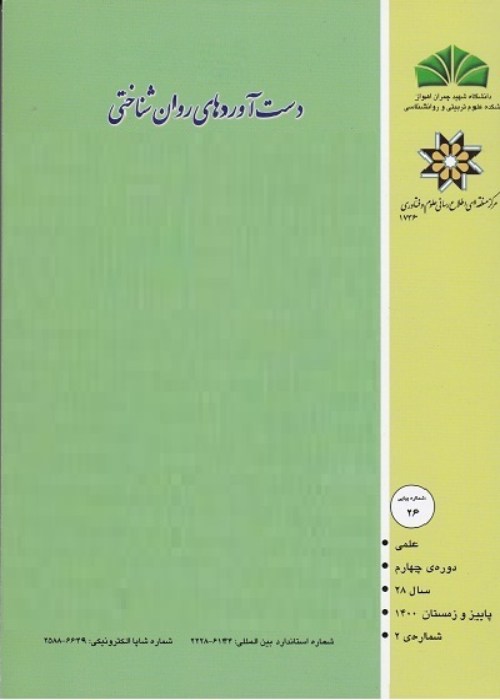The Effect of Transcranial Direct Current Stimulation on Attention and Electroencephalographic Pattern in Children with Attention Deficit Disorder
Attention can be described as the choice of a thing or thought from several thoughts or several things by the mind so clearly that it seems to have happened at the same time. The ability to pay attention allows a person to control the entry of different stimuli into the consciousness stage of the mind and choose only a limited number of them from different stimuli. Research shows that attention deficit disorder is one of the main educational problems.
The statistical population was all the children with attention deficit disorder who were referred to a counseling center, in Shiraz in 2019. The statistical sample consisted of 36 children between 8 to 11 years old, who were selected from the counseling center using a targeted sampling method. Then they were assigned into three groups of control (12 persons) and an experimental group (12 samples). In the experimental group, the anode electrode was placed on the FP1 region, and the cathode electrode was placed on the right shoulder blade and fastened to the head with a clamp. In each session, transcranial direct current stimulation was applied at an intensity of 1 mA for 30 minutes for each subject. Research tools were the Demographic Characteristics Questionnaire, Stroop Effect Test, and Electroencephalograph recorder. 10 transcranial Direct Current Stimulation sessions for each subject in the experimental group were done over three weeks. During the interventions, the control group was under the passage of time. In the post-test, both groups were compared in terms of attention and Electroencephalographic patterns. The statistical data analysis was performed using the analysis of covariance at p < 0.05. SPSS software was used for data analysis.
The results of the pre-test and post-test comparison showed that the effect of transcranial Direct Current Stimulation (tDCS) was significant in the experimental group. Therefore, it seems that transcranial Direct Current Stimulation affects the attention and electroencephalographic pattern of children with attention deficit disorder. As a result, transcranial Direct Current Stimulation can be used to treat children with attention deficit disorder. Since the level of students' attention to the subject of the lesson is one of the main factors of education and learning, therefore, according to the results of the mentioned studies and the present research, it can be concluded that Transcranial Direct Current Stimulation increases the excitability of the children's brain.
Transcranial Direct Current Stimulation is effective in improving selective attention and reducing the theta/beta ratio in the CZ region of children with attention deficit disorder. Therefore, it is suggested that extracranial Transcranial Direct Current Stimulation in the fp1 region be used as an adjunct to accelerate the treatment of children with ADD
- حق عضویت دریافتی صرف حمایت از نشریات عضو و نگهداری، تکمیل و توسعه مگیران میشود.
- پرداخت حق اشتراک و دانلود مقالات اجازه بازنشر آن در سایر رسانههای چاپی و دیجیتال را به کاربر نمیدهد.


